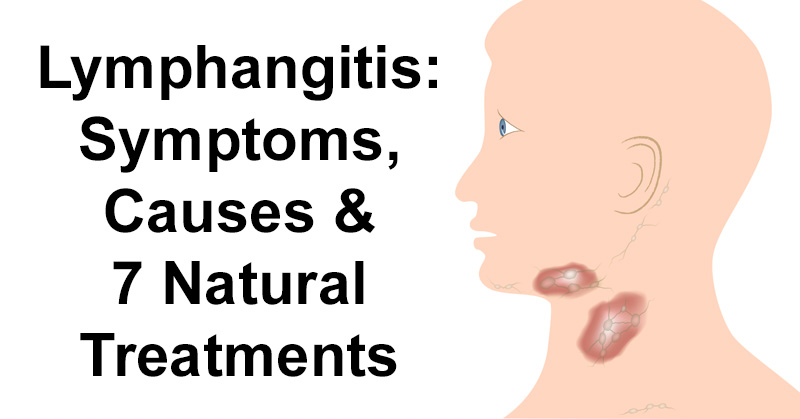Lymphangitis is an infection that involves the lymphatic vessels. Lymphangitis causes include streptococci bacteria that enter the lymphatic vessels through a scrape or cut. One of the most common lymphangitis symptoms is red streaks that develop on the skin. These streaks appear near the affected area and may be warm, tender and enlarged. (1) Natural lymphangitis treatment methods can be used to manage inflammation and fight off the infection.
Lymphangitis Symptoms
- Red streaks on the skin
- Fever
- Chills
- Headache
- Rapid heart rate
- Enlarged lymph nodes
- Muscle aches
- Pain and tenderness around the infected area
- Loss of appetite
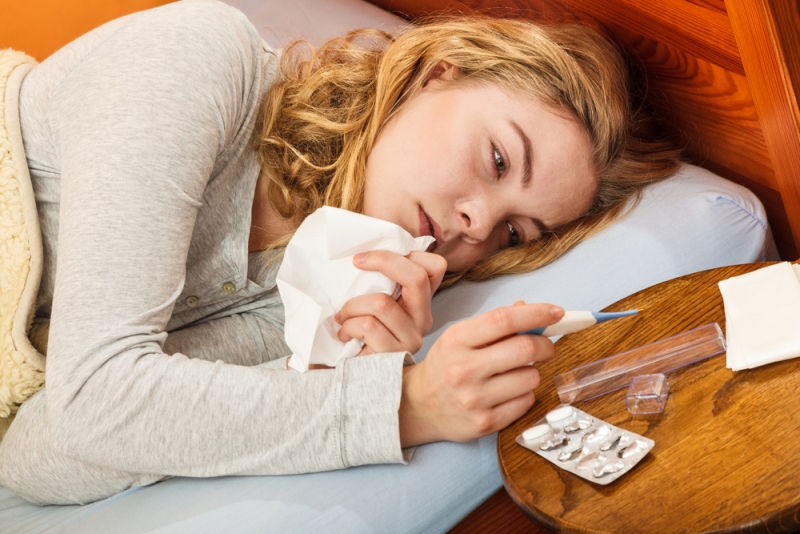
Lymphangitis Causes and Risk Factors
- Streptococcal bacteria
- Spread by coughing or sneezing
- Viral infections
- Fungal infections
- Cut or wound
- Insect, tick and spider bites
Lymphangitis Treatment
1. Use Oregano Essential Oil
Oregano oil contains powerful compounds that provide antibacterial and anti-fungal properties. A 2013 study found that oregano oil is one of the preferred antimicrobial agents in aromatherapy. It has exhibited significant antibacterial activity against lymphangitis causes such as streptococcus. (2)
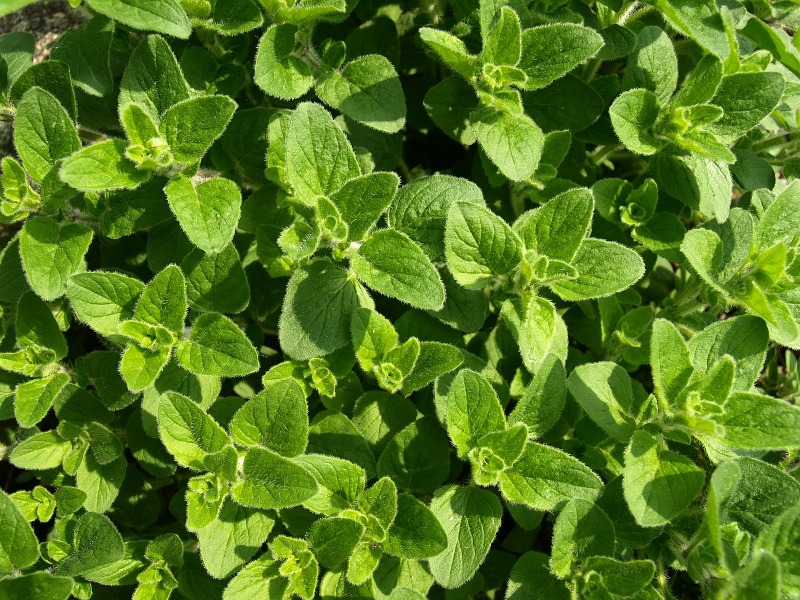
2. Try Raw Garlic
Raw garlic has the ability to kill microorganisms that are responsible for both internal and external infection, thanks to the allicin it contains. Garlic also has antiviral and anti-fungal properties that can help stop lymphangitis symptoms. (3)
3. Try Acupuncture
A study published in the Journal of Traditional Chinese Medicine explained that lymphangitis is caused by the accumulation of internal toxicity. Traditional Chinese Medicine uses acupuncture to clear up toxin buildup in the body by promoting blood circulation along the meridians and removing bacteria from the body. (4)
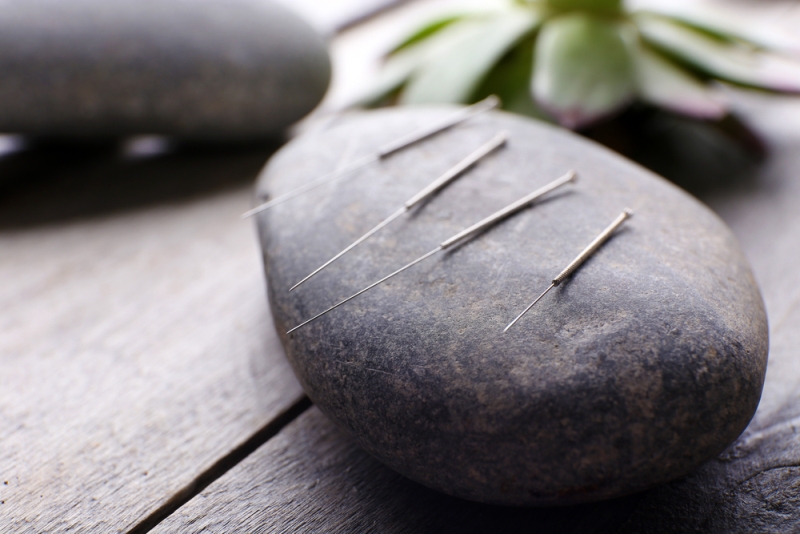
4. Apply a Warm Compress
You can use a warm, moist compress in lymphangitis treatment to help reduce inflammation and pain. Wet a clean hand towel with warm water then wring it out and apply it to the affected area for about 10 minutes. Do this 2-3 times each day as a lymphangitis treatment.
5. Avoid Inflammatory Foods
Foods that can cause inflammation include sugary foods, processed foods, alcohol, caffeine and trans fats. If you have lymphangitis or any other infection, it’s best to eliminate inflammatory foods to help your body heal. Focus on eating anti-inflammatory foods such as green leafy vegetables, berries, coconut oil, nuts and seeds.
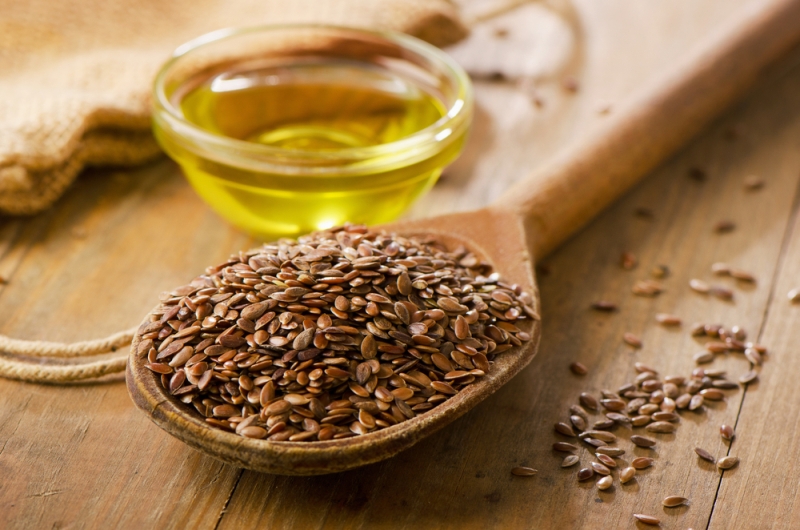
6. Clean Cuts and Wounds Properly
The bacteria that causes lymphangitis enters the skin through open scrapes, cuts or wounds. To prevent an infection, be sure to properly clean any cut or opening in the skin. Apply tea tree oil or thyme oil topically to the cut for antibacterial benefits. (5)
7. Elevate the Area
Inflammation often occurs as a result of an infection. To help reduce pain and swelling, elevate the affected area by using a chair or propping up extra pillow next to you. Elevation is especially helpful when lymphangitis is in the leg. Avoid using the affected limb as much as possible until the infection start to heal.


